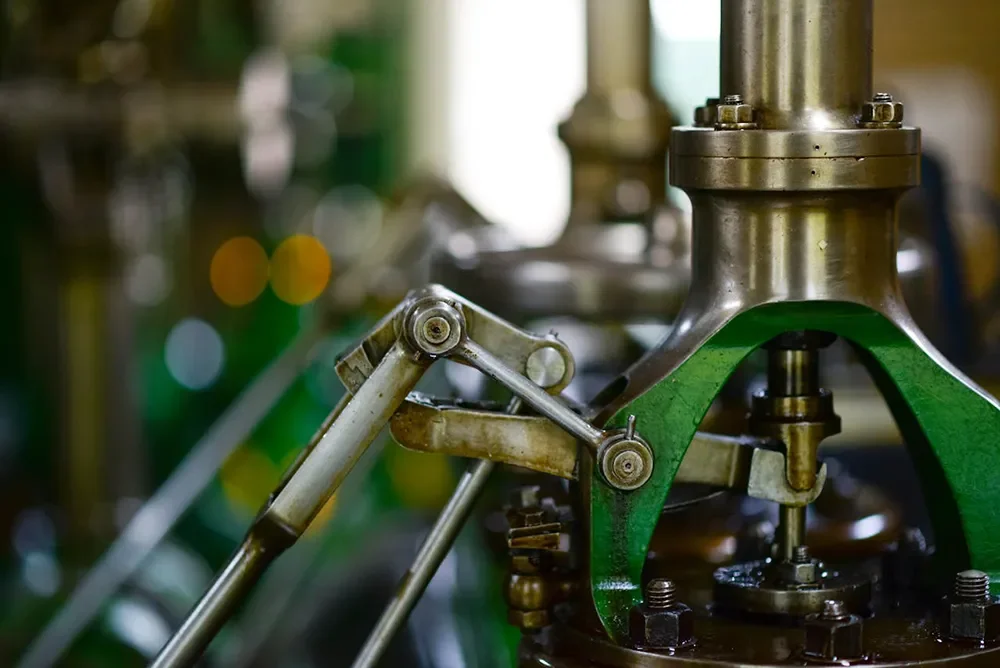The Most Costly Mistake Managers Make with Aging Machinery
TL;DR: Every machine hits a point where repairs just don’t make sense anymore. Push past that tipping point, and you’re not saving money — you’re draining your budget, losing uptime, and adding risk. Here’s how to spot the signs and decide whether to repair, upgrade, or replace — before it starts costing more than it’s worth.
Deferred Capital Replacement
In industrial and manufacturing settings, the single most costly and systemic mistake managers make with aging machinery is deferred capital replacement—postponing the replacement of obsolete equipment under the assumption that short-term maintenance is more cost-effective than long-term investment.
Root Cause Analysis
This mistake often stems from a misalignment between operational budgeting and capital planning. Managers, under pressure to control costs and maximize short-term ROI, frequently prioritize maintenance over replacement. However, as machinery ages beyond its designed economic life, the total cost of ownership (TCO) rises steeply due to:
Increased mean time between failure (MTBF)
Escalating repair costs and downtime losses
Diminishing equipment efficiency
Lack of compatibility with newer systems (e.g., PLCs, SCADA, or IoT integrations)
Higher energy consumption and emissions (non-compliance risk)
Technical and Financial Impact
From a technical standpoint, aging assets exhibit nonlinear degradation. Components subject to cyclic fatigue, such as bearings, seals, and electrical contacts, exhibit Weibull failure distribution, where the hazard function increases sharply after a certain point. At this stage, predictive maintenance (PdM) and condition monitoring provide diminishing returns, as failures become sudden and catastrophic.
Financially, the cost of unplanned downtime due to machine failure often dwarfs the cost of replacement. A 2020 Deloitte study estimated that unplanned downtime costs manufacturers $260,000 per hour on average. Deferred replacement also introduces hidden liabilities—from safety risks to compliance violations—potentially leading to litigation or regulatory fines.
Operational Constraints
Another contributing factor is informational asymmetry: maintenance teams may overestimate asset life based on routine service history, while financial managers underestimate long-term value erosion. Without a robust asset lifecycle management (ALM) system, the organization lacks a reliable depreciation model or net present value (NPV) analysis to support capital planning decisions.
Moreover, aging machinery often becomes vendor-locked, where replacement parts are discontinued or OEM support is withdrawn, leading to expensive reverse-engineering or grey-market sourcing.
Best Practices
To avoid the high costs of keeping old machines running past their prime, managers should adopt a structured, proactive strategy. Here are some key steps:
Track Total Costs Over Time
Don’t just look at repair bills month by month—review how much the machine has cost in total over several years. If maintenance and downtime expenses are rising sharply, that’s a clear signal the equipment may no longer be economical to keep.
Estimate How Much Useful Life Remains
Use maintenance records, inspections, and expert assessments to estimate how much longer the machine can realistically operate without major failure. Modern tools like sensors and software can help—but even simple logs and checklists are a good start.
Set Clear Triggers for Replacement
Create specific rules that say, “We will replace this machine if it breaks down more than X times per year” or “if it causes more than Y hours of downtime.” This removes guesswork and keeps decisions objective.
Evaluate Upgrades vs. Full Replacement
Sometimes, upgrading key components (like motors or controls) can add years of life at a fraction of the cost of buying new equipment. But make sure the old frame or other parts won’t become the next weak link. A basic cost-benefit analysis can help guide this choice.
Review the Big Picture Regularly
Schedule periodic reviews of all major equipment—not just when something breaks. Use these reviews to compare performance, costs, and risk, and to plan for replacements in advance, rather than reacting in crisis.
Finally
The most financially detrimental mistake is not the physical deterioration of machinery—but the strategic failure to recognize when ongoing maintenance becomes economically irrational. Capital investment deferred is not capital saved; it is often capital lost through compounded inefficiencies, operational risk, and missed productivity.
Maybe you are struggling with the question of what is the best decision for deciding between replacement and repair? Industrial mechanical installations and repairs are our specialty. Custom Millwright Services can provide the options you need to make an informed decision.
Whether you need custom fabrication metal work or industrial electric repairs, CNC machine services or general commercial maintenance, we can fully support your next project. If replacement is the path you choose, we offer full metal shaping services, custom design and engineering, and a full range of custom electrical solutions.

